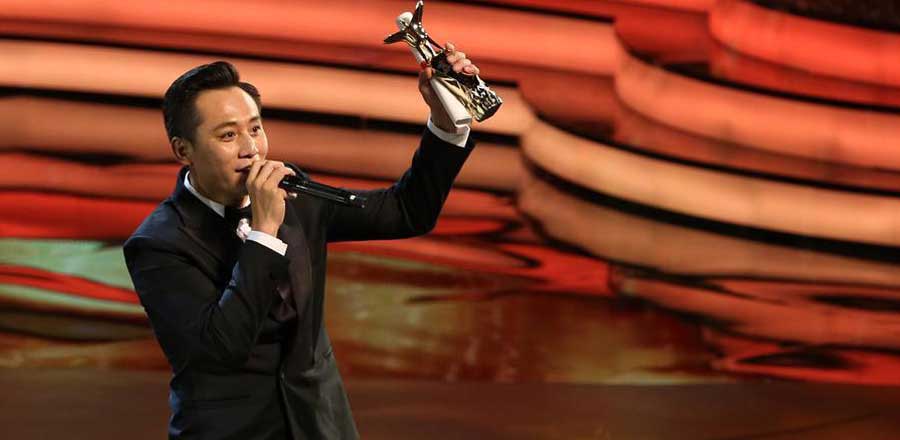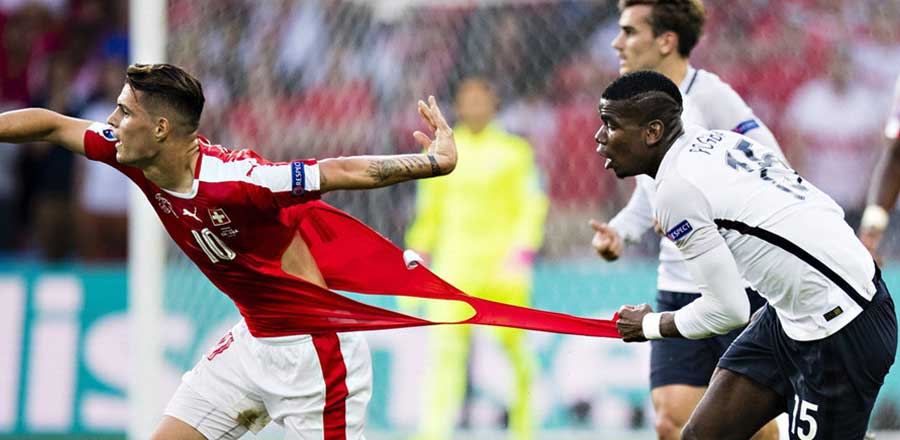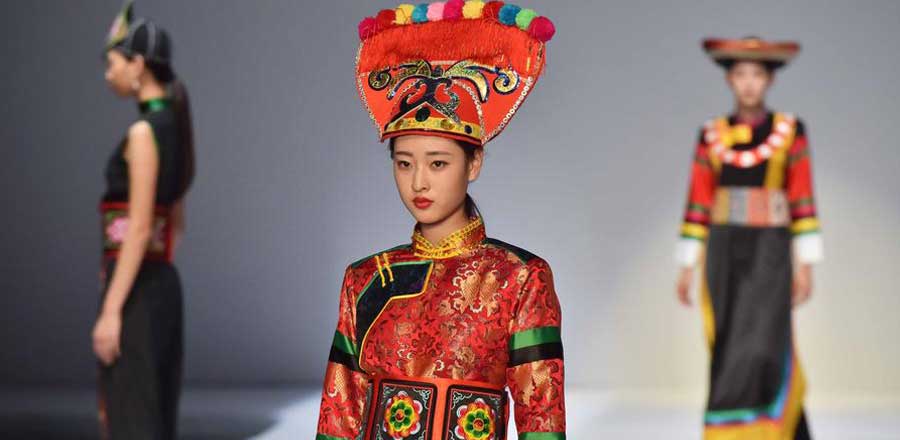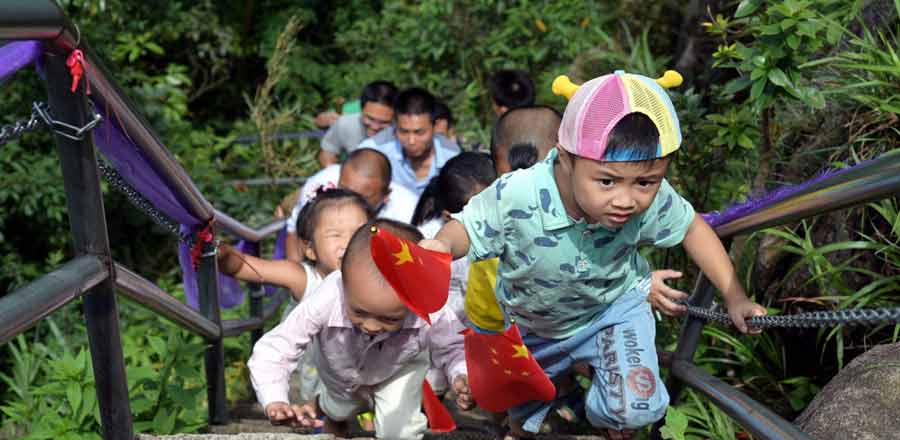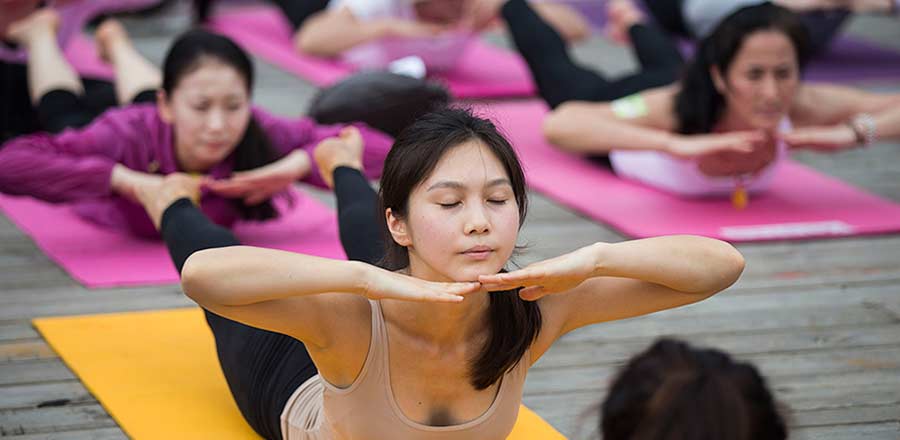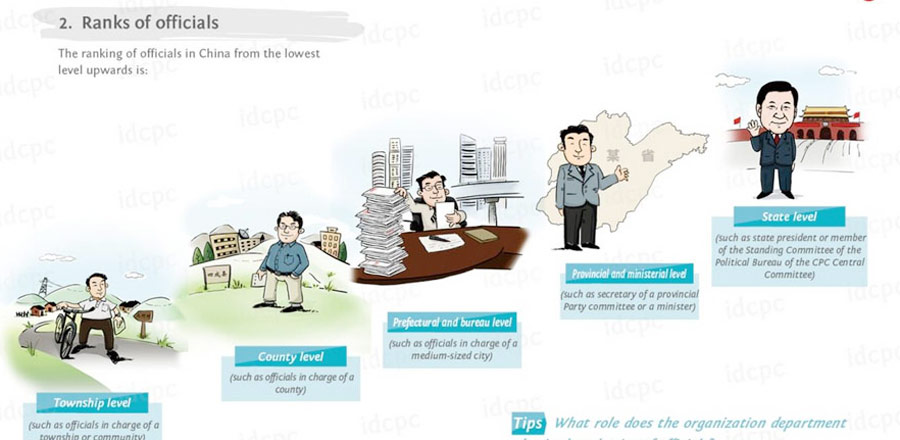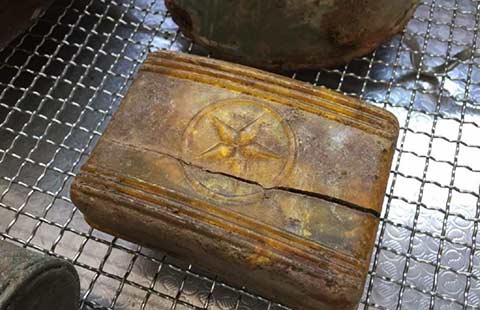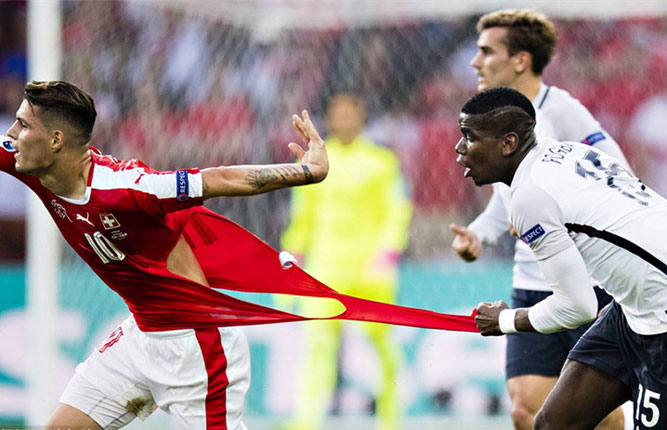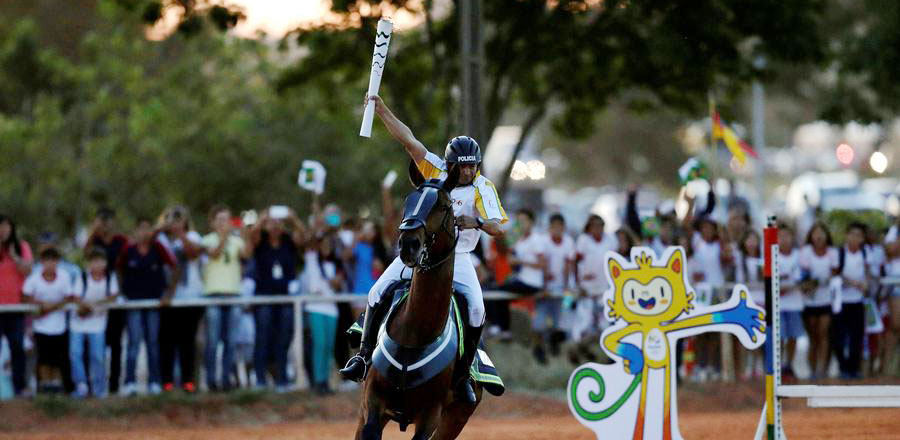
Traditional Chinese medicine is welcomed after a practitioner joins medical team sent to South Sudan
A visit to a Chinese acupuncturist has opened a whole new world of medicine for Issa Justin, a young South Sudanese man who is both a patient and medical student in Juba, capital of the world's newest nation.
Justin, 28, a second-year student in clinical medicine at Juba Teaching Hospital, sought treatment for a severe case of facial pain and paralysis, first trying more conventional therapies, but without success.
|
Ding Xiangming trains locals and imparts knowledge and skills about acupuncture. He says that in South Sudan it is not easy to disseminate TCM knowledge. Gong Yidong / For China Daily |
Then he went to see Ding Xiangming at the hospital's Physiotherapy Department. Ding is from China's Anhui province and specializes in Chinese acupuncture and moxibustion, the burning of a small amount of mugwort herb on the skin to stimulate an acupuncture point.
Together with 12 other doctors, Ding arrived in Juba in late February to replace the third Chinese medical team sent to the country. Beijing began to send medical teams to the country after South Sudan won independence from Sudan in a referendum in 2011 after years of fighting. It was the first time that a traditional Chinese medicine doctor was added to the team, with an aim to diversify medical services to the patients.
In December, Justin says he developed facial paralysis as he was brushing his teeth on a Sunday morning. All of a sudden, he had trouble rinsing his mouth with water. Pain started to shoot through the right side of his face, extending to the ear and the mouth. His eyes became swollen so much that he had trouble closing them, he says, and he had trouble eating. Tears ran down his eyes as he chewed his food. Even the way he talked changed.
"The pain lingered. I felt like my face was being burned by fire," Justin says.
Justin sought conventional physiotherapy at the department, including faradic stimulation - applying a small amount of electric current - and facial massage. The treatment lasted for four months, but there was no substantial improvement. In April, he decided to see Ding and started undergoing a daily, 30-minute therapeutic session every morning.
"Before then, I had heard of the word 'acupuncture', but I had no idea how it works." He says that to his surprise, the "magic Chinese needles" took effect in a week's time. Needles were applied to a few major points on his face.
"I was feeling the flow of blood around the facial areas where the needles entered, as if water were running along the channels," he says.
By the end of the first week, Justin was able to fully close his eyes. After a month's treatment, he was once again able to laugh and talk with ease. He was pleased with the results, and advised one of his friends to take her daughter Sarah to be treated by Ding. The 8-year-old girl had symptoms similar to Justin's.
Acupuncture and moxibustion are not only applicable to facial paralysis or acute pain. Ding says most of the chronic pain cases seen at the physiotherapy department are treatable with the most common therapeutic methods he uses on a daily basis. These methods include needles, moxibustion and cupping, which is using cups to create suction on the skin for the purpose of mobilizing blood flow to promote healing.
Lower back pain is one type of chronic pain that is common among many South Sudanese. Instead of firm mattresses, many South Sudanese use nylon string beds that do not provide good support for the spine, says Jimmy Onge Owun, a South Sudanese physiotherapist at the department. The extended rainy season, from April to November, also contributes to many pain symptoms, Ding says.
Trauma and accident cases that require rehabilitation also are common at this, the largest public hospital in South Sudan, where civil war continued after independence. "Acupuncture and moxibustion can play a significant role in one's physical recovery," Ding says. Every day, Ding sees nearly 30 patients with a wide range of illnesses, including back pain, knee pain and strokes.
Justin Lukudu, a 52-year-old agricultural specialist from the Central Equatoria State Ministry of Agriculture, had a stroke last year that affected his right side. His brother recommended he see Ding. "I feel that the blood in my body is opened every time the needles are inserted into my body." Aside from regular acupuncture and moxibustion, Ding says he treats him with "fire needles," or heated needles, to enhance the therapeutic effect. Lukudu says it is still difficult for him to raise his right arm as high as he'd like, but he is feeling better after a couple of sessions.
It is not, however, easy to disseminate TCM knowledge to South Sudanese patients, Ding says. Although South Sudan is rich in traditional medicinal plants, conventional biomedical treatment still dominates at hospitals and clinics, leaving limited space for alternative treatments. For many, TCM or acupuncture is something unheard of or associated with pain. Even for those who have attended medical school, acupuncture is not considered a primary medical approach by physicians.
Onge recalls his days at Makerere University Medical School in Kampala, when Chinese acupuncture was briefly mentioned by a Swedish lecturer in class. Onge was trained as an occupational therapist with six years' professional experience in physiotherapy. But after having witnessed with his own eyes the improvement of patients treated by Ding, Onge says he is convinced of the effectiveness of acupuncture, especially its pain-relieving effects.
Acupuncture and moxibustion are also cost-effective and resource-friendly, Onge says. Like all the governmental organizations and businesses affected by South Sudan's power shortages, Juba Teaching Hospital experiences repeated power outrages day and night, making it barely possible to use electronic physiotherapy equipment like infrared rays. In these cases, moxibustion can effectively serve as a source of heat. "This is a way of critical thinking," Onge says.
In March, Onge started to observe and assist in Ding's clinical practice. Under the system of apprenticeship in traditional Chinese medicine, Ding became Onge's shifu (teacher) and imparted knowledge and skills. Later, a couple of interns from St. Mary's Medical School also joined in. Under Ding, they studied the basic theory behind acupuncture and moxibustion, such as jingluo (channels and collaterals) and yinyang (positive energy/negative energy). They also learned how to apply needles to specific sites where qi (vital energy) and blood are transported to the body's surface. "It resembles running water. If you stimulate the nerves, qi and blood will travel smoothly in the channel systems of the body, reaching a state where yin is balanced and yang is firm, and a coordinated spirit is guaranteed," Ding says.
The efforts have paid off. Onge has successfully treated a patient with severe back pain by integrating muscle exercise with Chinese acupuncture. The pain had disappeared by the time the patient completed nine sessions.
Still, more work and time is needed before acupuncture is widely accepted by South Sudanese patients. Su Guiping, head of the Chinese medical team, says he hopes to secure an independent treatment room on the premises of Juba Teaching Hospital so that more needy patients can have access to acupuncture and moxibustion.
Ding also notes that physical treatment also involves mental care. Ding says he observes Hippocrates' oath "to cure sometimes, to treat often and to comfort always" as part of his medical ethics. "South Sudan has been ravaged by civil wars for too long. You need to go beyond diseases and treat the patients with dignity, care and respect. This is an invaluable lesson of traditional Chinese medicine."
For China Daily

